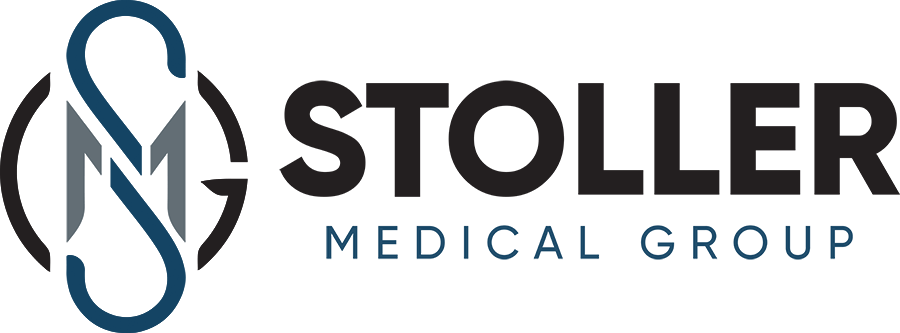Hair loss is a common problem across the world and as per the American Hair Loss Association, this condition affects 66 percent of men by the age of 35. If you are looking for the best men’s hair loss treatments that do not involve hair transplant surgery, here is a list of the top five treatment options.
Minoxidil
Minoxidil is widely used across the world for treating hair loss and for hair restoration. It was originally introduced in the market as an antihypertensive medication as minoxidil acts as a vasodilator (relaxes arteries that help reduce blood pressure). One of the common side effects of minoxidil as a blood pressure medication was ‘hypertrichosis’ – or excessive hair growth. This led to its being developed as a topical medication for treating hair loss.
Minoxidil has been a popular choice of treatment for hair growth for several decades. It is ideal for treating male pattern baldness or those with hereditary hair loss that occurs at the vertex (back of the head). The medication is absorbed in the scalp and stimulates follicular cells to reduce hair loss and enhance hair growth in men. It has to be used indefinitely as stopping the treatment causes progressive hair loss. A study showed that minoxidil reduced the telogen phase while accelerating the hair growth phase.
The plus points of minoxidil as hair growth medication are:
- It is one of the most affordable treatments for hair restoration.
- Effective in reversing thinning of hair in the crown area.
- Generally safe and has few side effects
- Prescription is not needed
Finasteride
If you have hair loss all over the scalp including the crown, vertex and along your hairline, Finasteride is the best hair restoration option. Typically prescribed as Propecia, finasteride contains ‘5-alpha-reductase inhibitor. 5-alpha reductase (5 AR ) is a type of enzyme that converts the male hormone testosterone into DHT (Dihydrotestosterone), which is a more powerful form of testosterone. If 5 AR levels are high, more testosterone is converted to DHT, which leads to higher hair loss. By inhibiting (stopping) excess production of 5-AR, finasteride promotes hair growth.
Studies indicate that finasteride prevents further loss of hair for 80 percent of men around vertex and crown while stopping the receding hairline from worsening in 66 percent of men. Two-thirds experience renewed hair growth after taking finasteride.
Key plus points of finasteride:
- Generally regarded as safe
- Effective on hair loss all over the scalp, including vertex, crown, and hairline
- Prevents hair loss and promotes hair growth
- Affordable as compared to other treatments
Some experts recommend combining minoxidil with finasteride to get the best results as opposed to taking only one of them. However, you may need a prescription for taking a combination medication.
Nanoxidil
This hair restoration medication is similar to minoxidil and has no side effects associated with minoxidil such as the irritated scalp. According to a study, Nanoxidil use for three months can boost hair growth by 28.6 percent.
This makes Nanoxidil a great choice for men who have scalp sensitivity or have experienced dry skin after using minoxidil. Some specialized hair care products add retinol and azelaic acid to the formulation to promote scalp and hair health. Azelaic acid blocks DHT like finasteride which makes Nanoxidil one of the top five hair restoration treatments. The smaller molecular weight of Nanoxidil bioactive molecules enables them to penetrate faster and more efficiently into the scalp that leads to a better absorption rate. Nanoxidil has also been seen to boost hair growth and hair density.
Laser Treatment
The theory behind the use of laser is that when given in low-dose laser treatments helps boost blood circulation and stimulate hair follicles, resulting in hair growth. A low-level laser is also known as cold laser or red-light therapy and involves irradiation of light photons into the tissues of the scalp. The weak follicle cells absorb the photons which encourage hair growth. research is needed, but some studies have yielded encouraging results:
Studies have shown that low-dose laser therapy is effective and safe for promoting hair growth in men and women. A study, in particular, showed that laser therapy boosted hair growth by 39 percent over sixteen weeks.
Laser combs are on the list of the best hair loss treatments for men in 2021 on many review sites. They emit low-dose laser or red light that boosts blood circulation in the follicles as you brush your hair. To maximize the exposure of the scalp to light, it is important to brush slowly and repeatedly.
Hair Growth Kit
The fifth one on the list of the best hair loss treatments for men is a hair growth kit that combines FDA-approved medications and topical hair care products to give the best results. The brand that makes the hair growth kit also offers free online consultation with a doctor.
The hair growth kit contains Minoxidil, Finasteride tablets, biotin gummies, and DHT blocking shampoo as well as conditioner. Biotin is the other name for Vitamin B7 and is a key vitamin required for healthy hair and nails.
